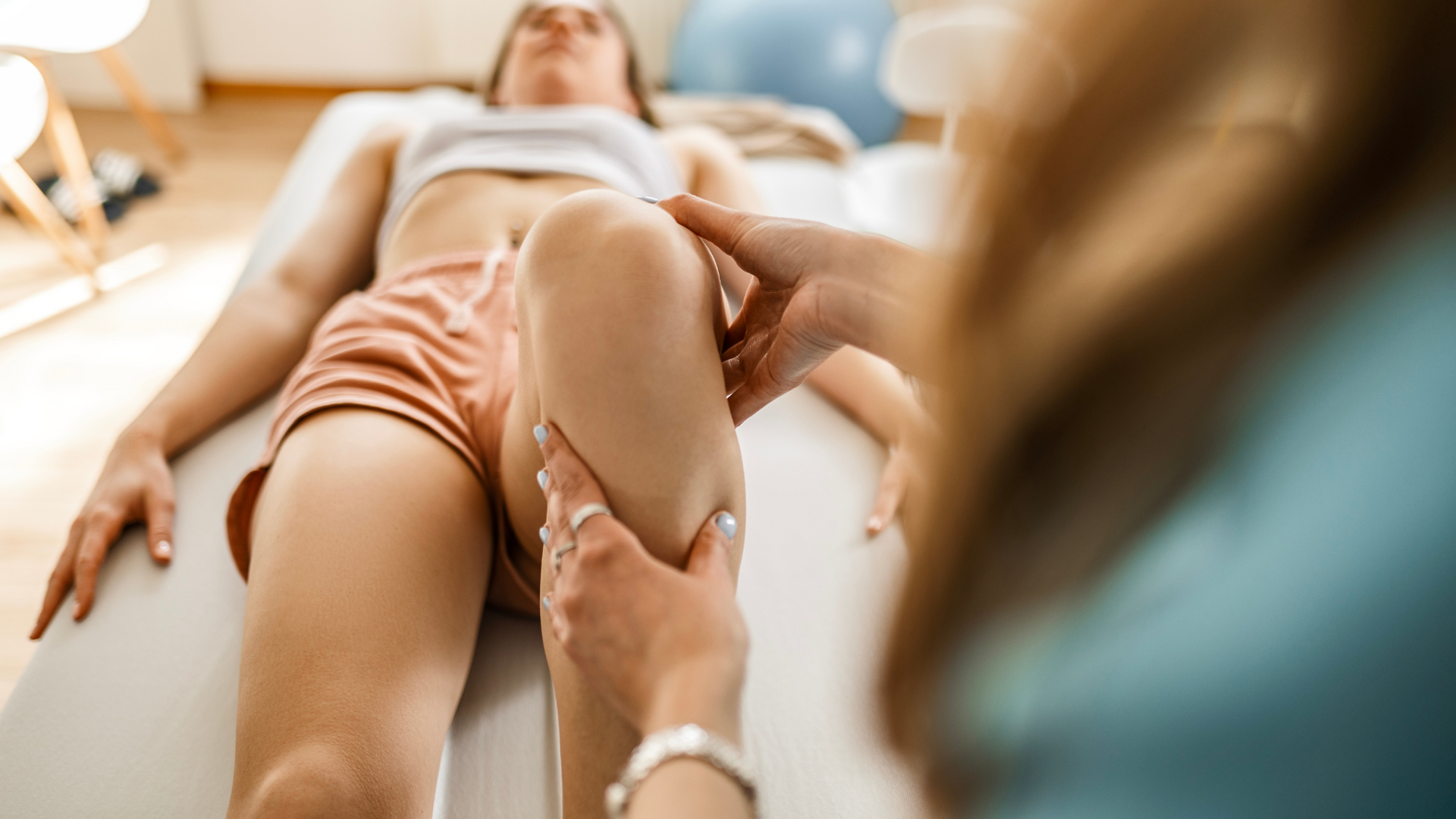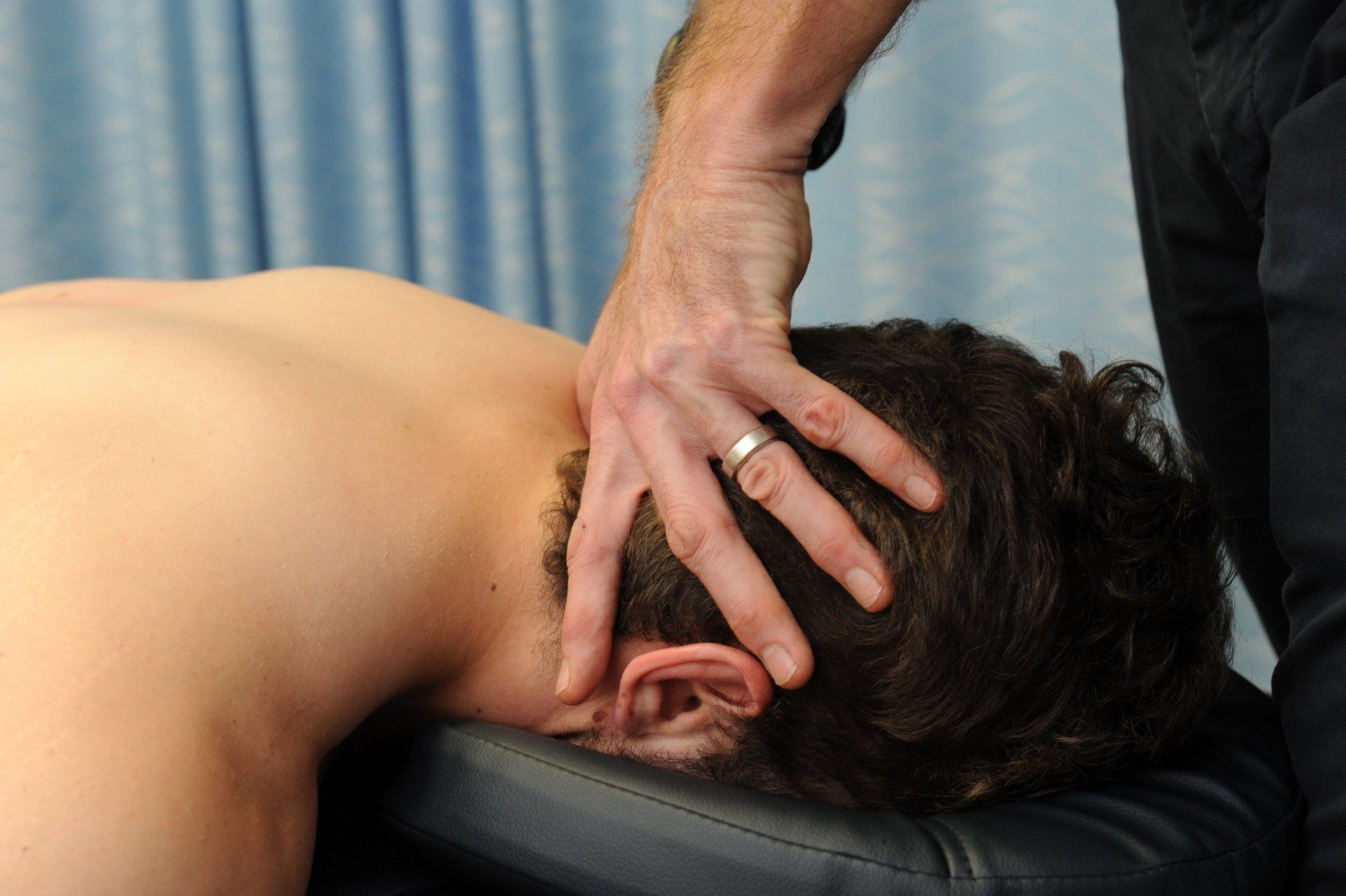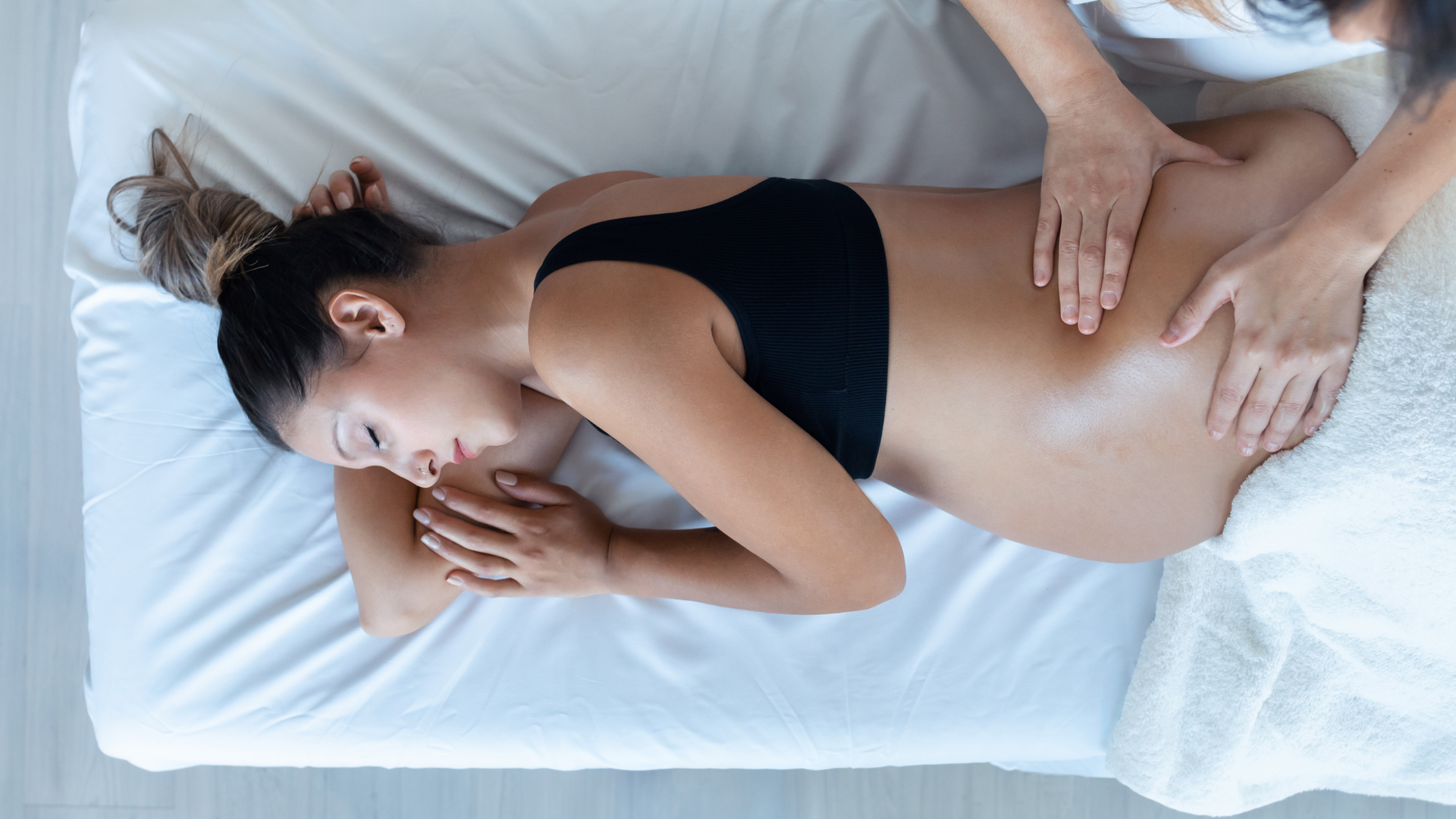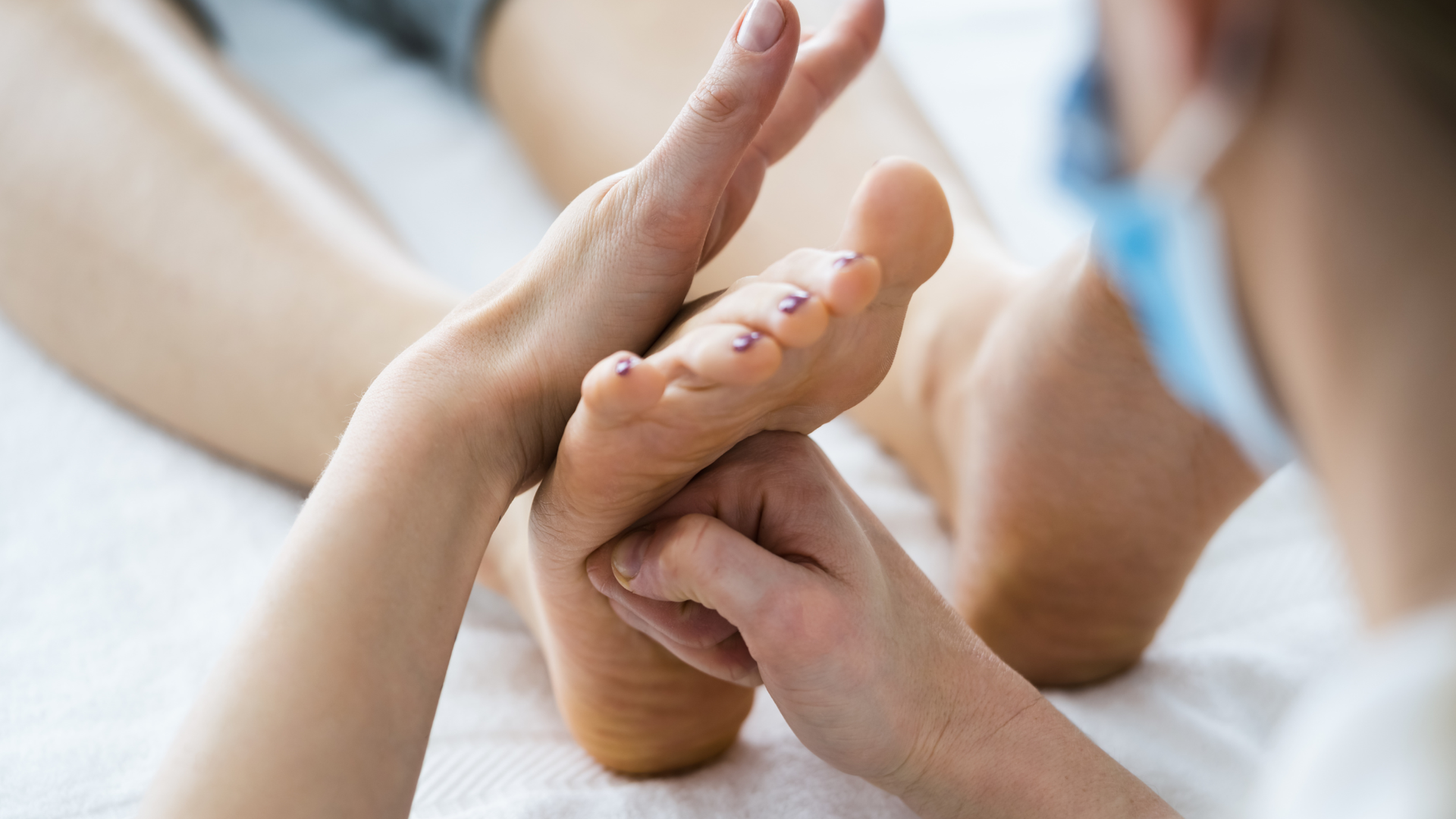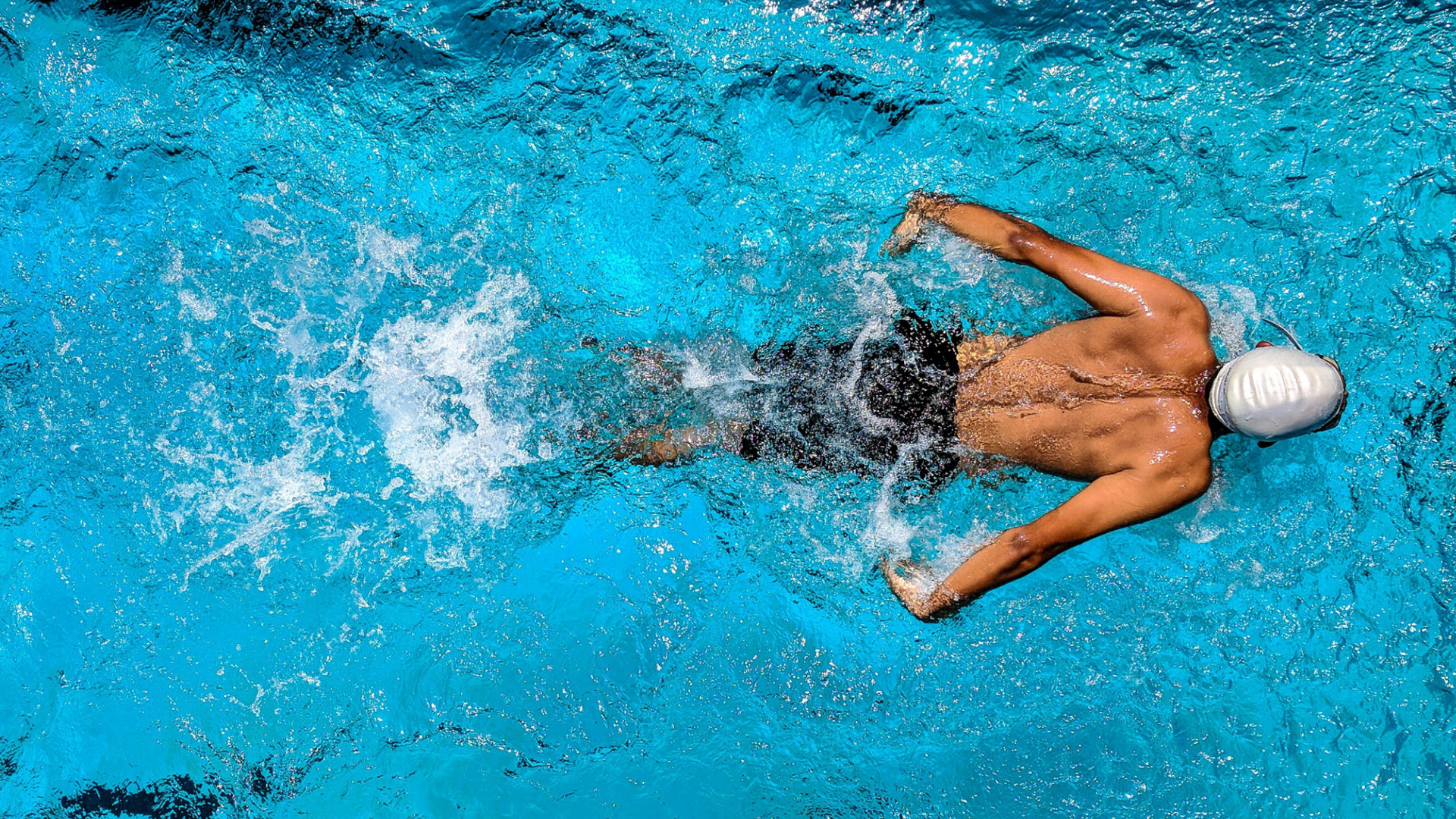The benefits of a warm-up before sport
Are you doing a proper warm-up? It could save you some pain.
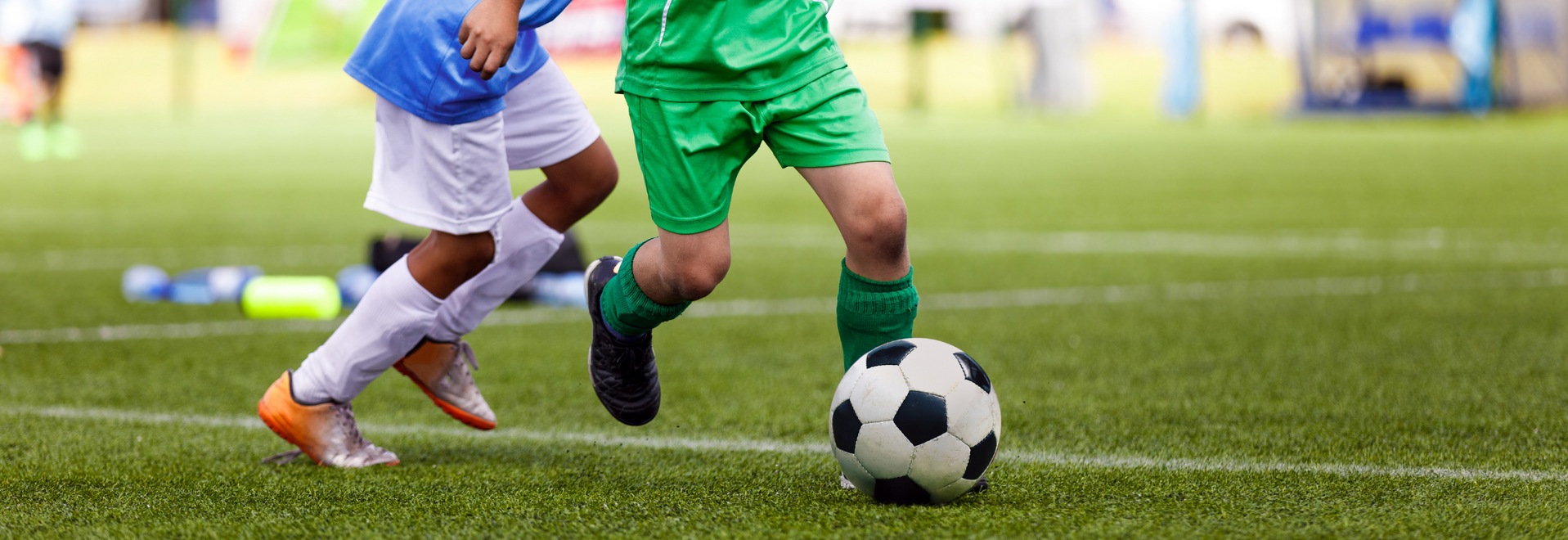
Playing sport, we become accustomed to the routine of arriving with time before the game or activity starts, doing a warm-up, keeping active during our time on the bench, and maybe even doing a cool down after the game.
But why do we do these things? Do they reduce the risk of injury? And what about if the weather is already warm – do I still need to warm up? Read on to learn more about the importance of the warm-up.
Have you ever watched the lead up to a car race? The cars are started in the pits, engines warmed up, adjustments made to suspension and steering, before the cars head out for warmup laps to get the fuel and oil through the system, and the tires warmed up and to the right pressures.
Humans are no different (in fact, we’re far more complex). Studies have shown that a warm-up can improve performance in up to 78% of criterions, including running, jumping, throwing and cycling. That’s why a warm-up is a crucial part of any physical activity. Here are some of the benefits of doing a warm-up before a sport:
Improve performance. A proper warm-up can help to improve performance by increasing blood flow to the muscles, which can enhance muscle contraction and speed of movement. It also helps to improve range of motion, which can increase flexibility and agility.
Mental preparation. Get in the zone! A warm-up will also help you to mentally prepare for competition, allowing you to focus on performance and strategy. It can also help to reduce anxiety and stress.
Injury rehabilitation. For athletes recovering from injuries, a warm-up can help to increase blood flow to the injured area, which can aid in the healing process and prevent further injury.
If we delve a little deeper, the warmup plays an ever more important role.
Every muscle, tendon, ligament and joint has a nerve supply to it, making the muscle contract and relax, sending feedback to the brain on the current state of play, modifying blood flow, even calling on different energy systems depending on the type of activity we are performing. We call this the neuromuscular system, and gradually firing this system up is a key part of the warmup.
Increased nerve conduction velocity. As we warm up the number of nerves firing and the speed at which these nerve impulses travel from the brain to the muscles increases, improving muscle response time, reaction time and coordination.
Enhanced muscle activation. If the warm-up is activity specific and practices the skills and movement patterns relevant to the sport, the warm-up can help activate the right muscle groups, improving muscle function and reducing the risk of injury.
Improved muscle flexibility. Immediately following a maximal muscle contraction, we get maximal relaxation – contract, relax, contract, relax. By firing the neuromuscular system up, we enhance muscle flexibility, reducing muscle stiffness and improving joint mobility. This can enhance range of motion and reduce the risk of injury.
Improved motor skills. By improving neuromuscular activity, a warm-up can also help to improve motor skills such as balance, agility, and reaction time.
What about injury prevention?
Well, a warm-up won’t prevent an injury, but it will reduce the risk of injury. Through all the mechanisms we have already discussed, the warm-up prepares the body for physical activity – increasing blood flow, improving joint mobility and activating the muscles. Done in a gradual, progressive manner, the body is able engage the different physiological systems required, adjust to the external environment effectively and provide valuable feedback to our conscious self (oh, I didn’t realise that hamstring was feeling a little tight) and go on to perform at our best.
What about in warm weather?
Well, yes. Even though our internal temperature might already be a little higher and our metabolism running a little faster, we still need to engage the muscle groups important to the activity and get those nerves and neurons firing. Remember, if you are exercising in the heat, consume greater volumes of water and consider doing some of the warm-up in the shade.
The Take Home
Think back to our car analogy at the start. Even the brains behind the wheel, the driver, does prep before jumping into the car – including mental imagery, stretches, and massage. So get in the habit of going through a warm-up every time you play sport. Not only will you perform better, you’ll enjoy the contest more, get better results, and suffer less injuries.
Need some help with a warm-up plan? Give us a call. We are part of a well-connected network of local physiotherapists, with extensive experience in sports physiotherapy and can guide you through a tailored warm-up program to keep you doing what you love.
Give us a call on 098 8945 3799 or book online.
References
- Fradkin, AJ et al (2010). Effects of Warming-up on Physical Performance: A Systematic Review With Meta-analysis. Journal of Strength and Conditioning Research 24(1), 140-148. https://doi.10.1519/JSC.0b013e3181c643a0
- Knudson, D. V. (2018). Warm-up and Flexibility. In Conditioning for strength and human performance (pp. 212-231).
- Routledge.McGowan CJ, et al. (2015). Warm-up strategies for sport and exercise: mechanisms and applications. Sports Medicine. https://doi.org/10.1007/s40279-015-0376-x
- Racinais S. et al (2015). Consensus recommendations on training and competing in the heat. Scandinavian Journal of Medicine and Science in Sports. https://doi.org/10.1111/sms.12467
- Zois J et al (2011). High-intensity warm-ups elicit superior performance to a current soccer warm-up routine. Journal of Science and Medicine in Sport.
https://doi.org/10.1016/j.jsams.2011.03.012
